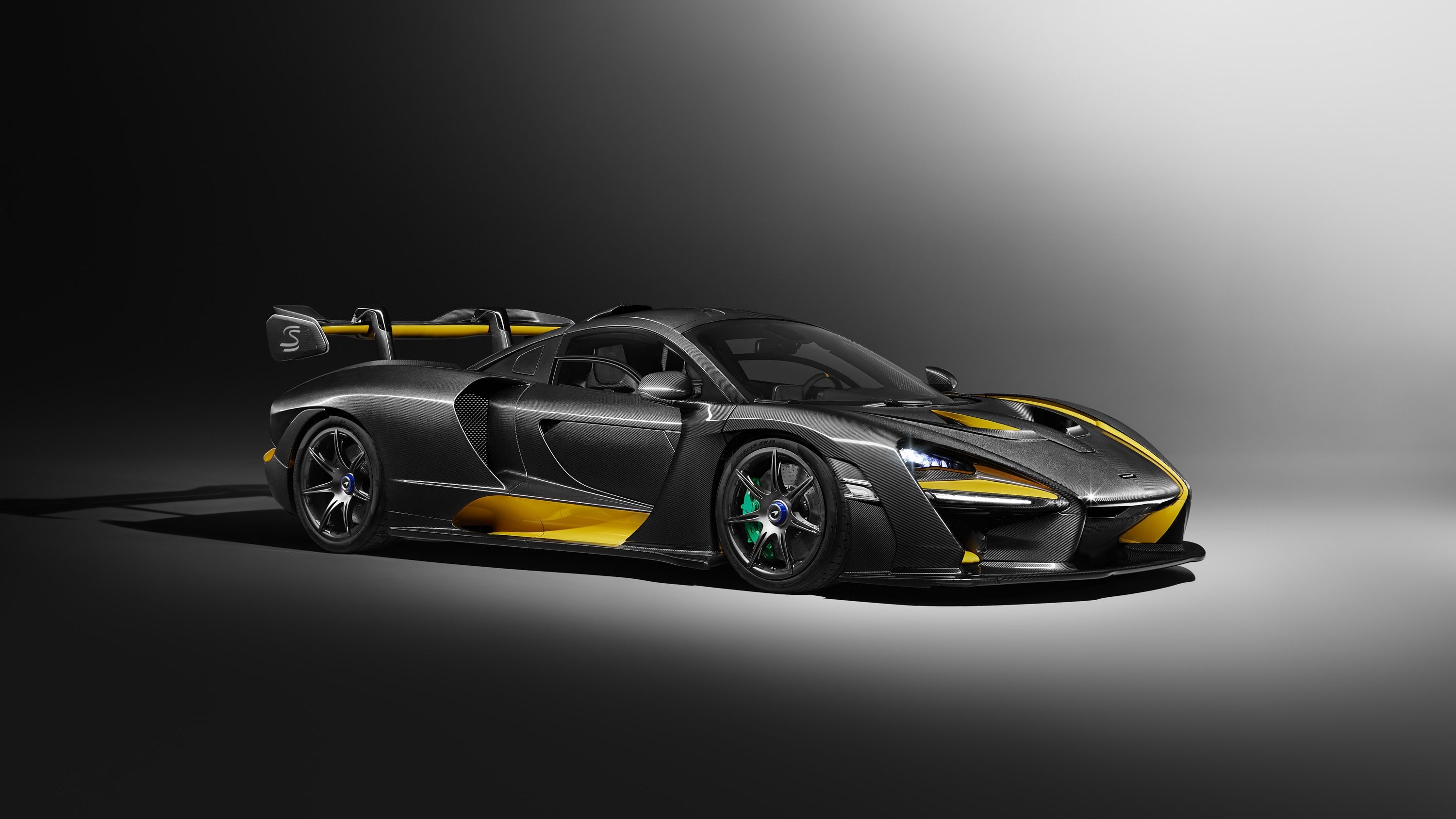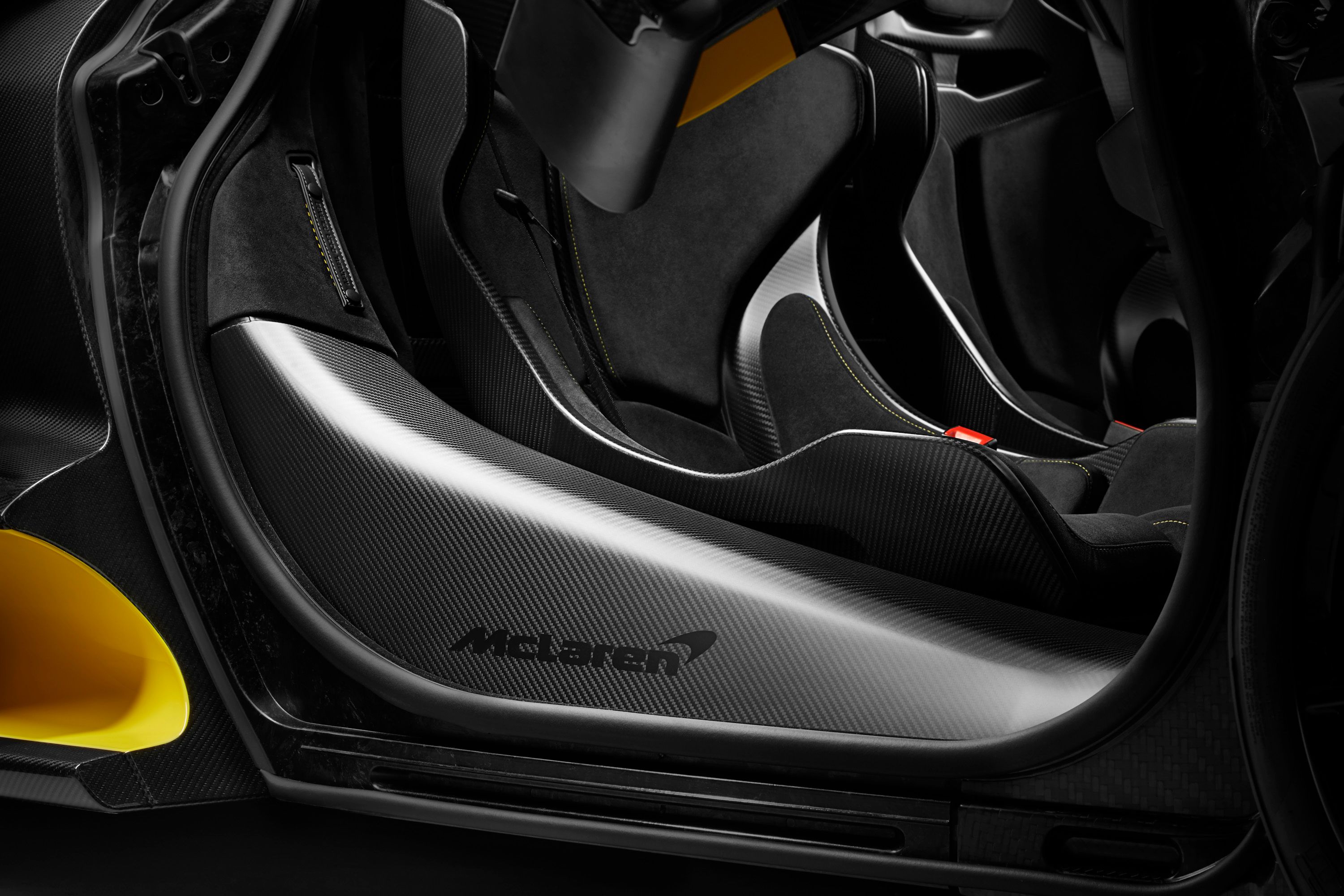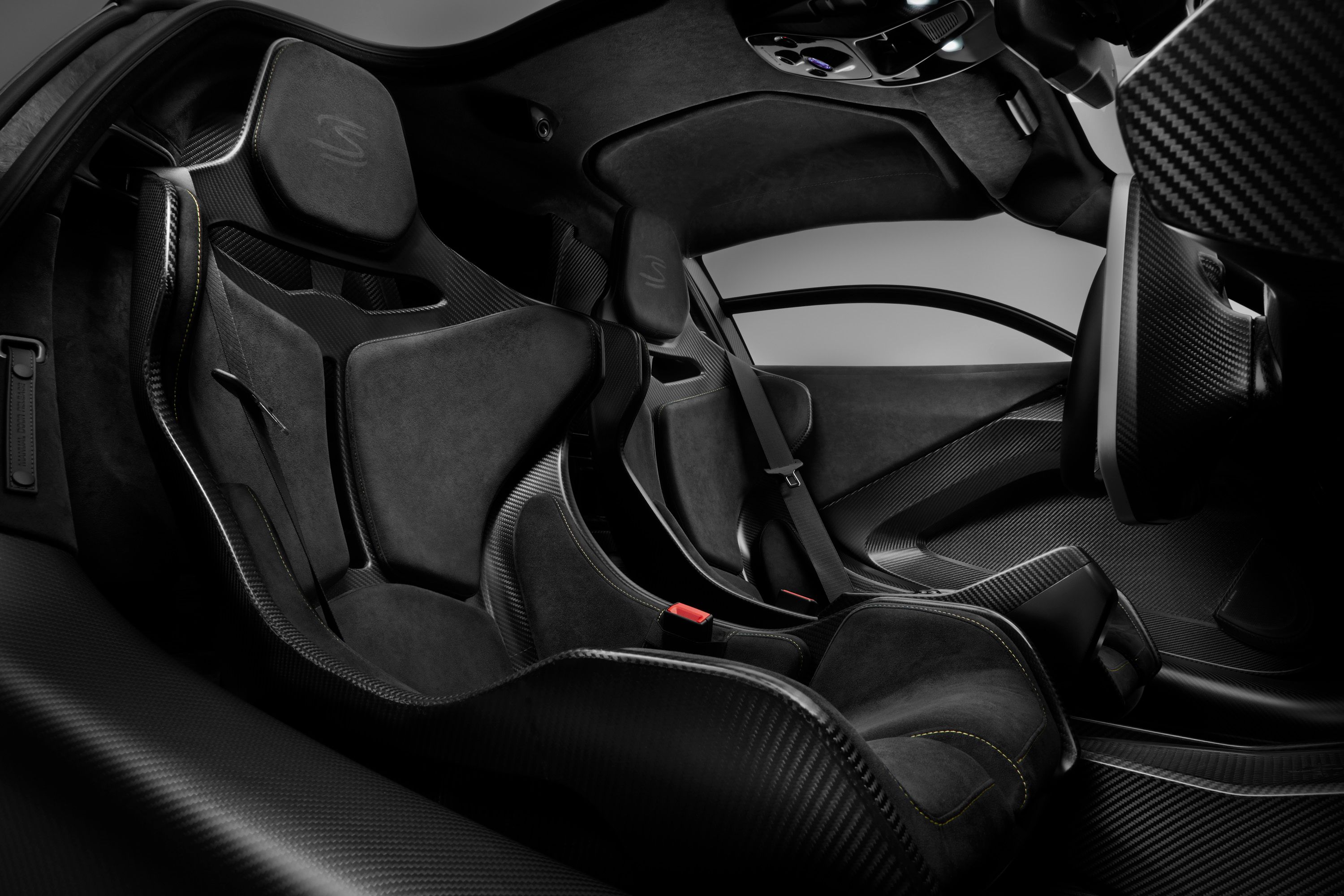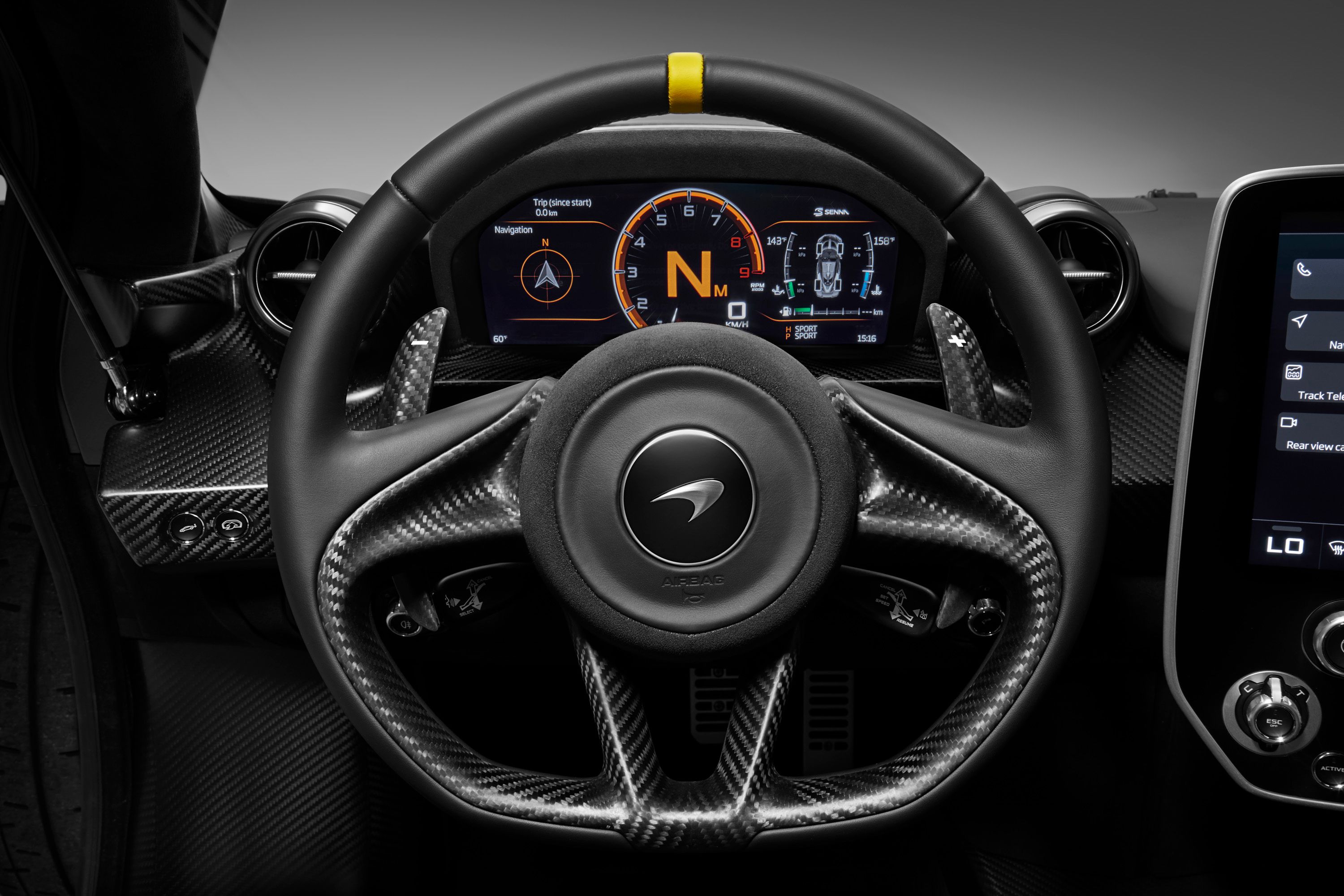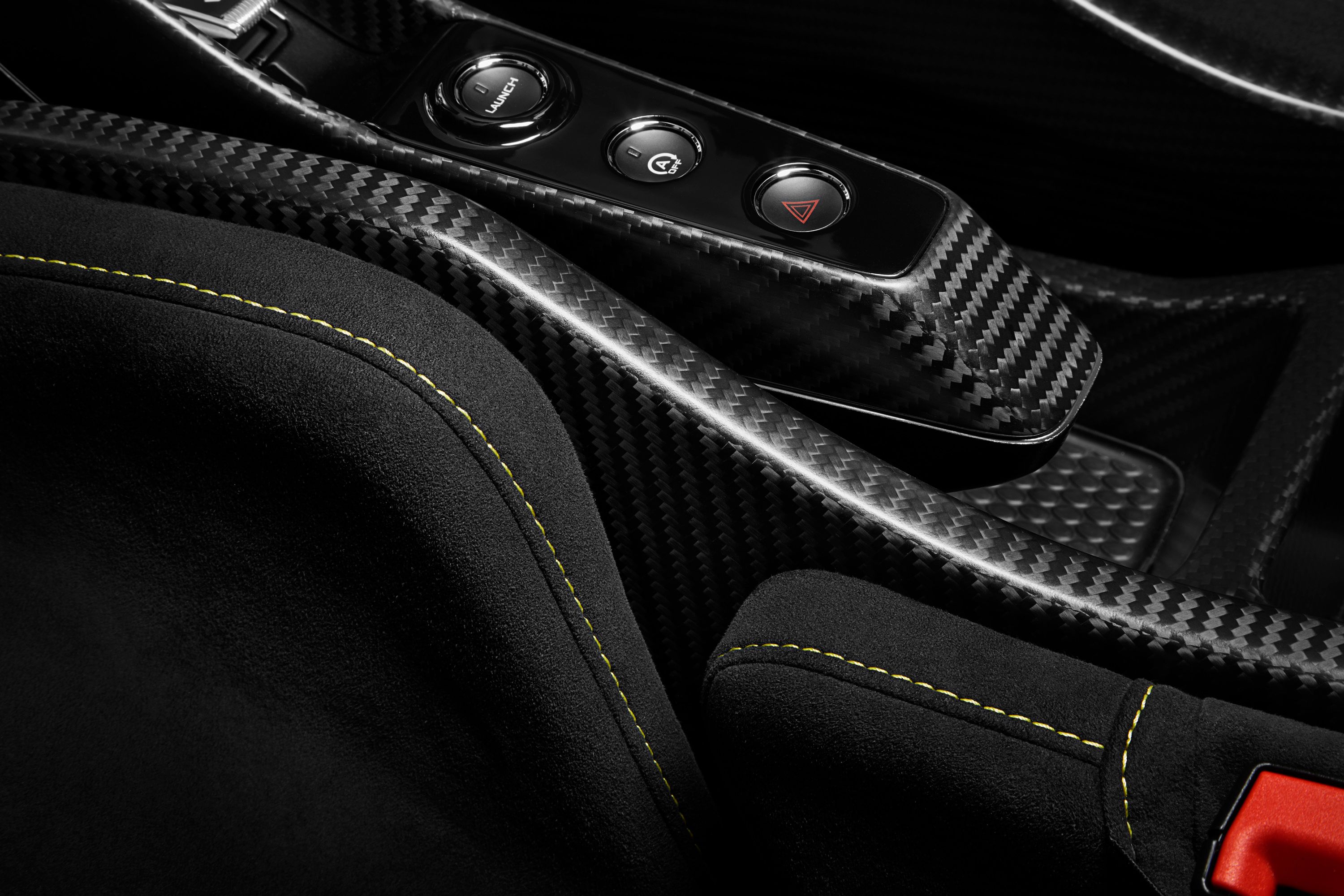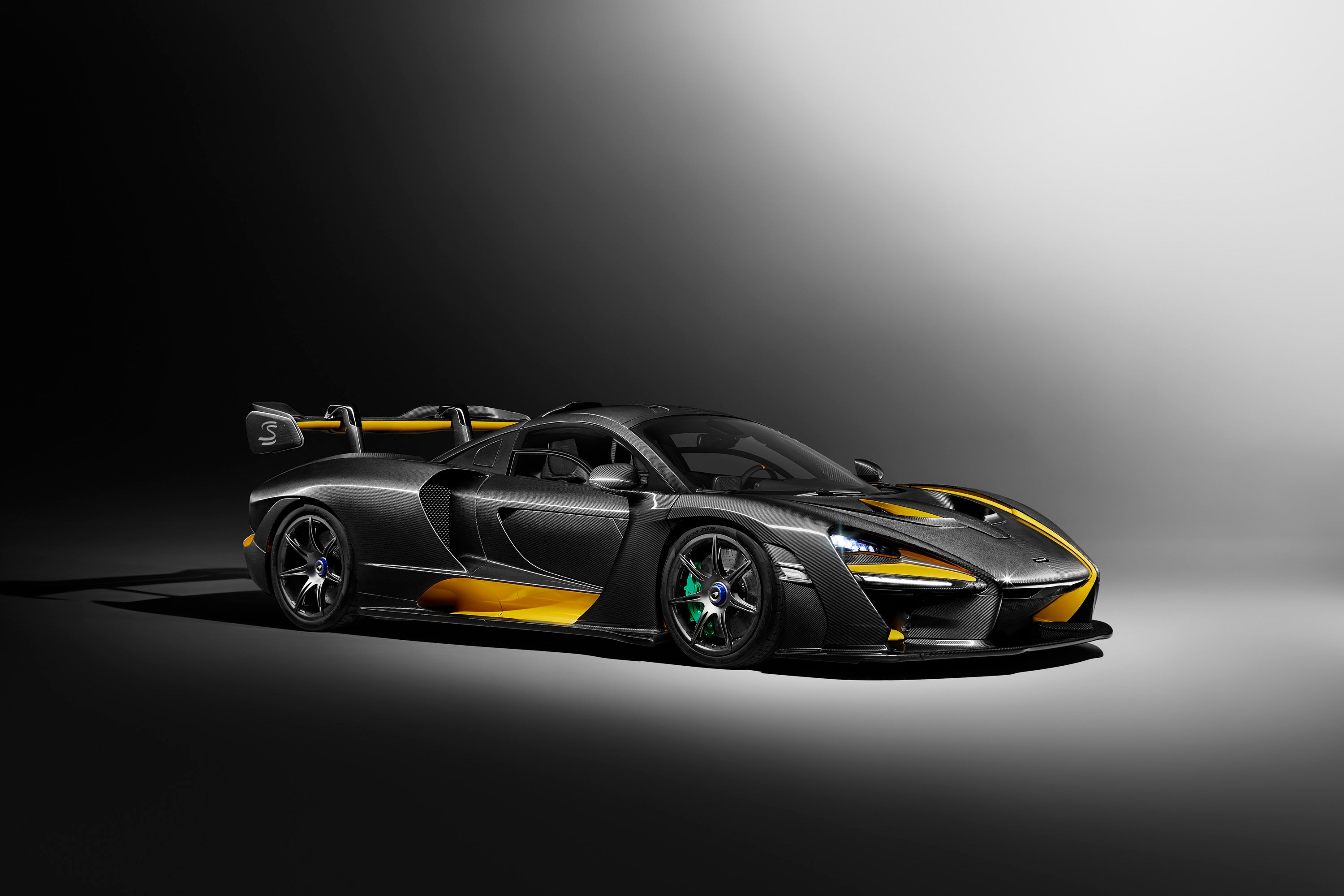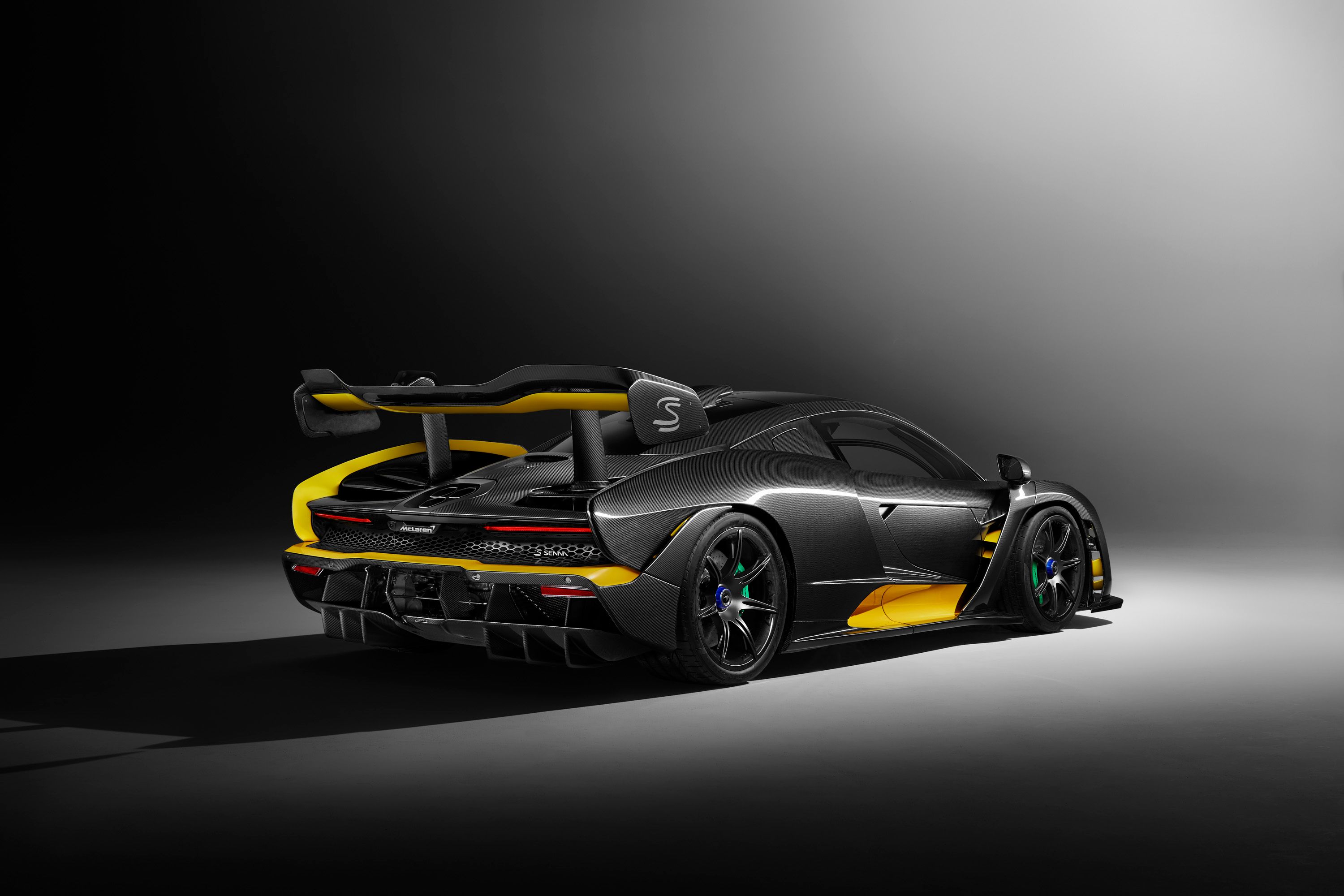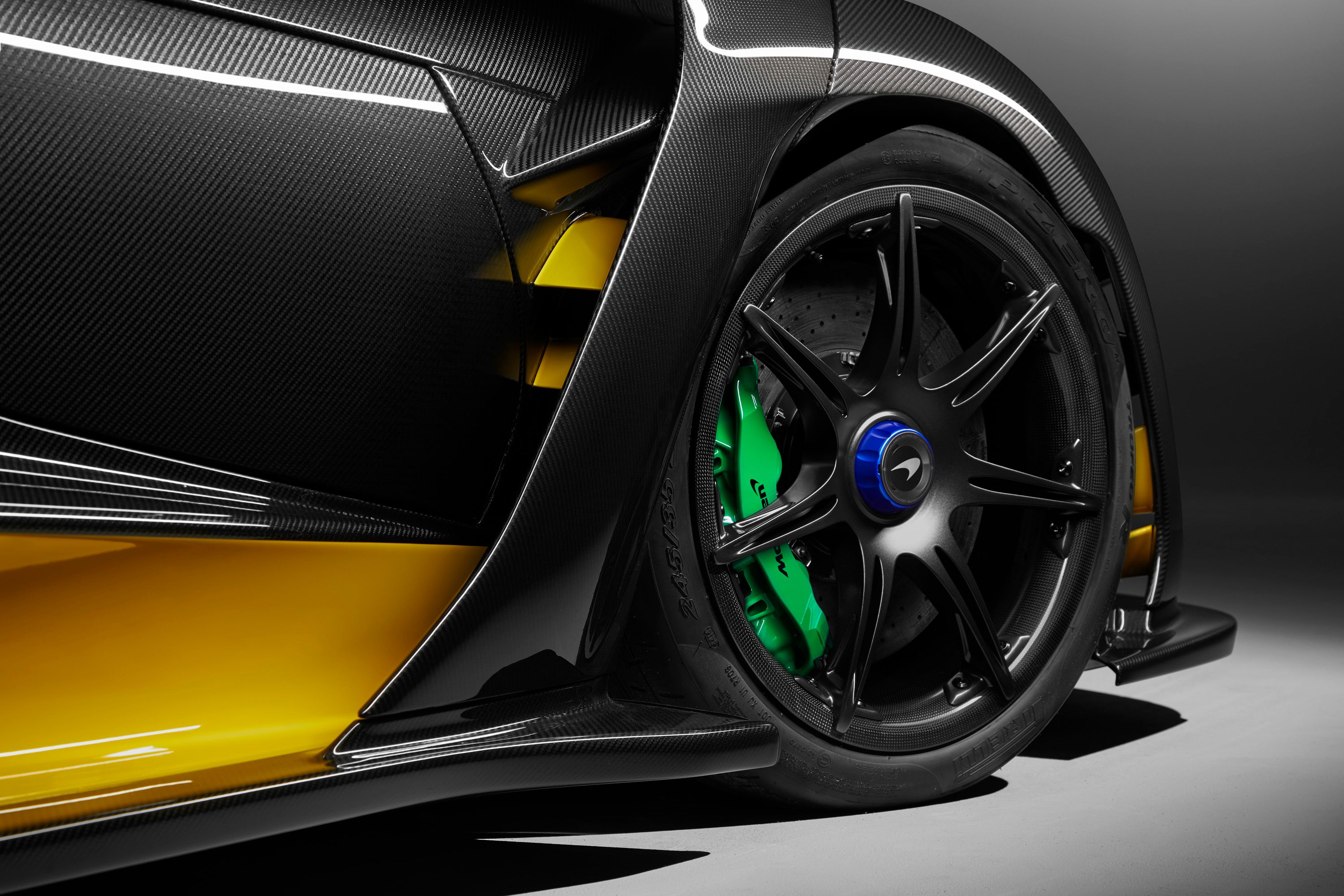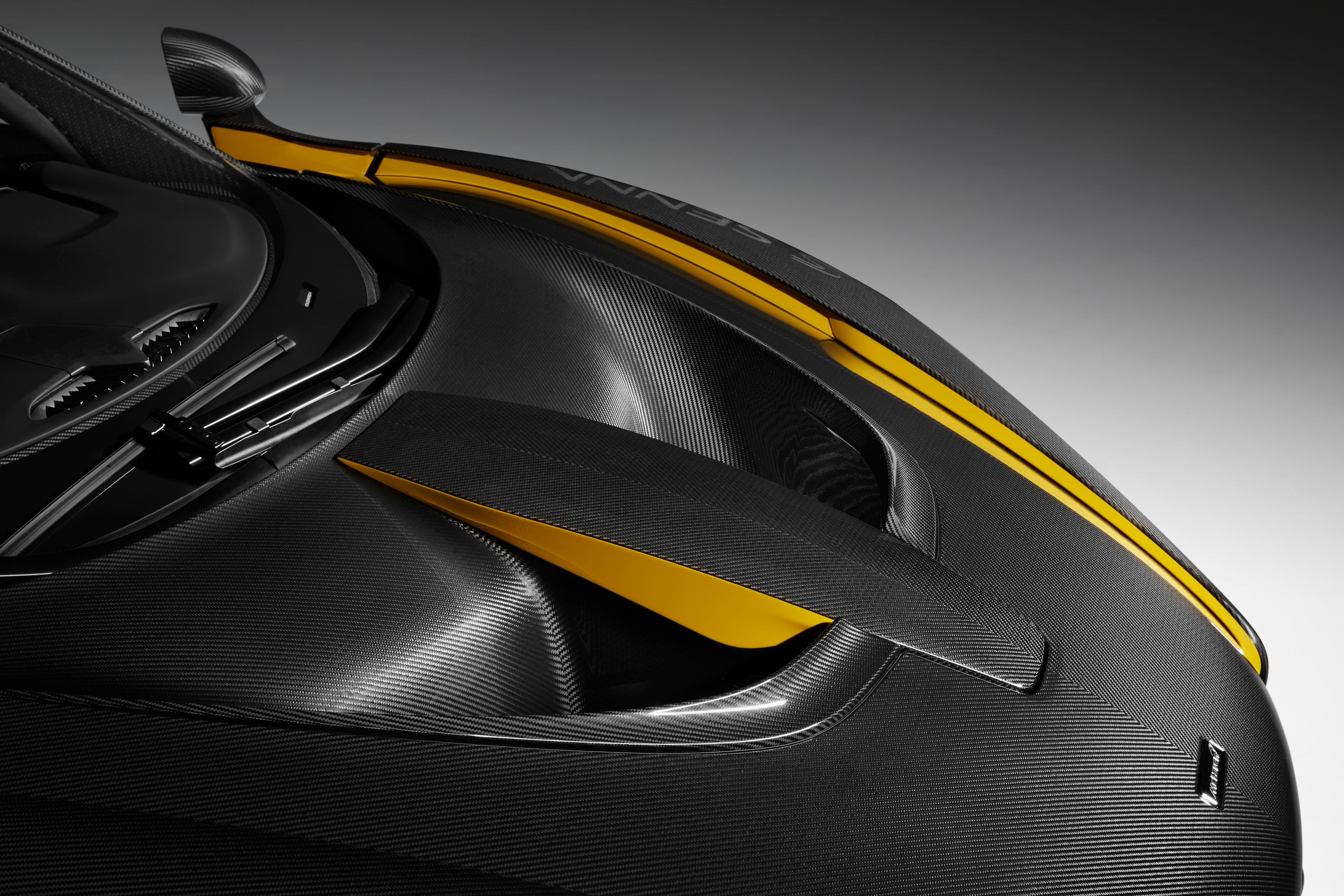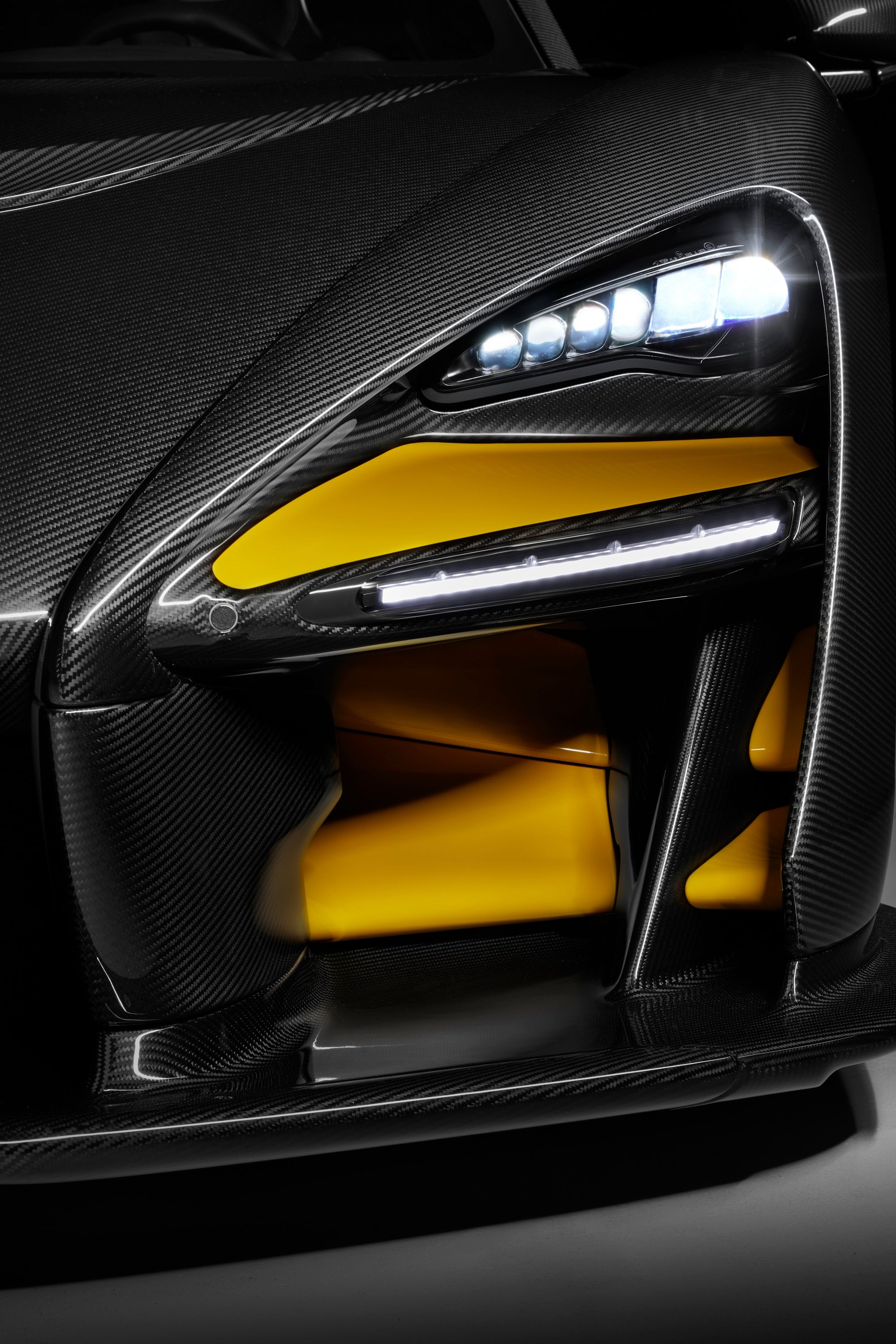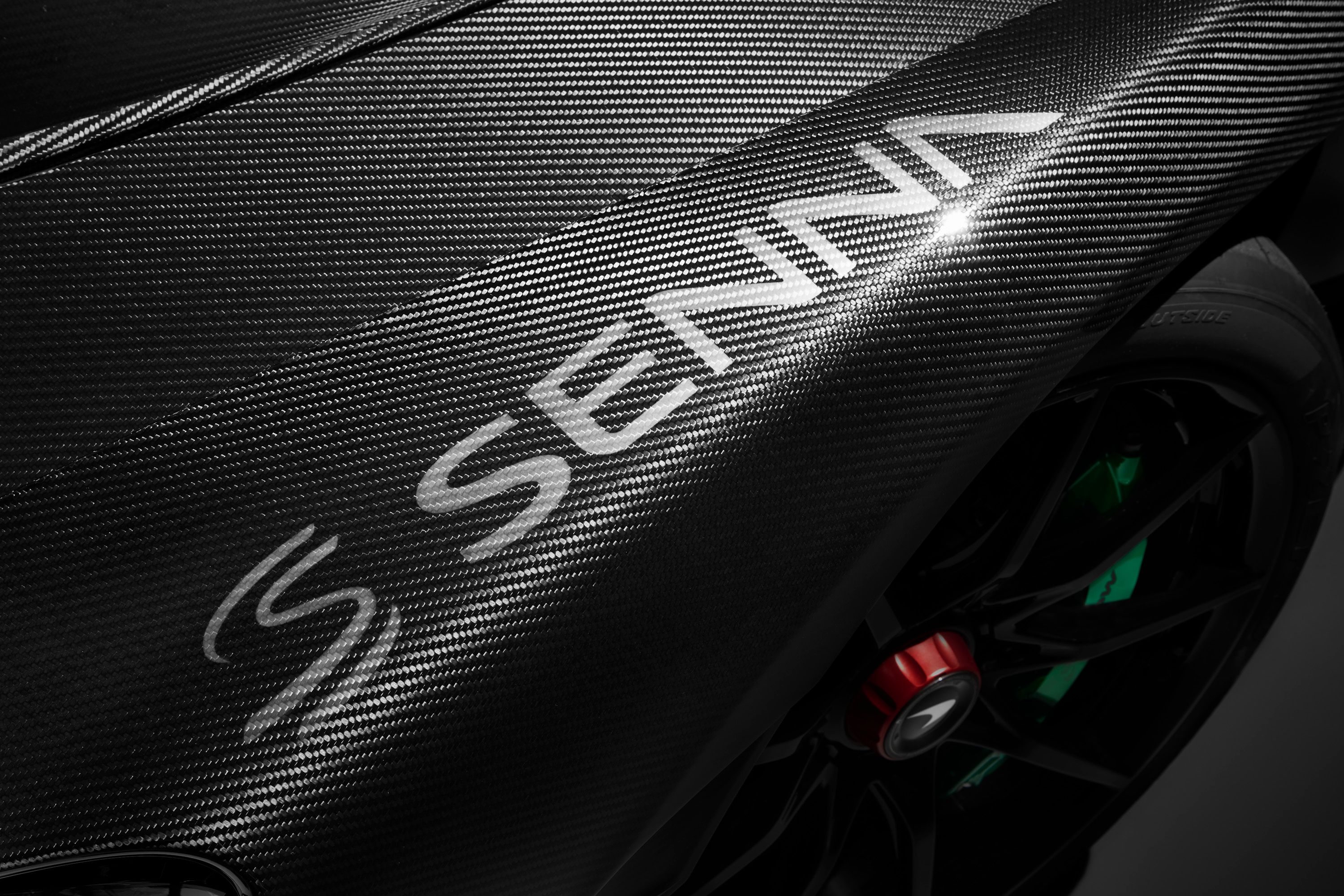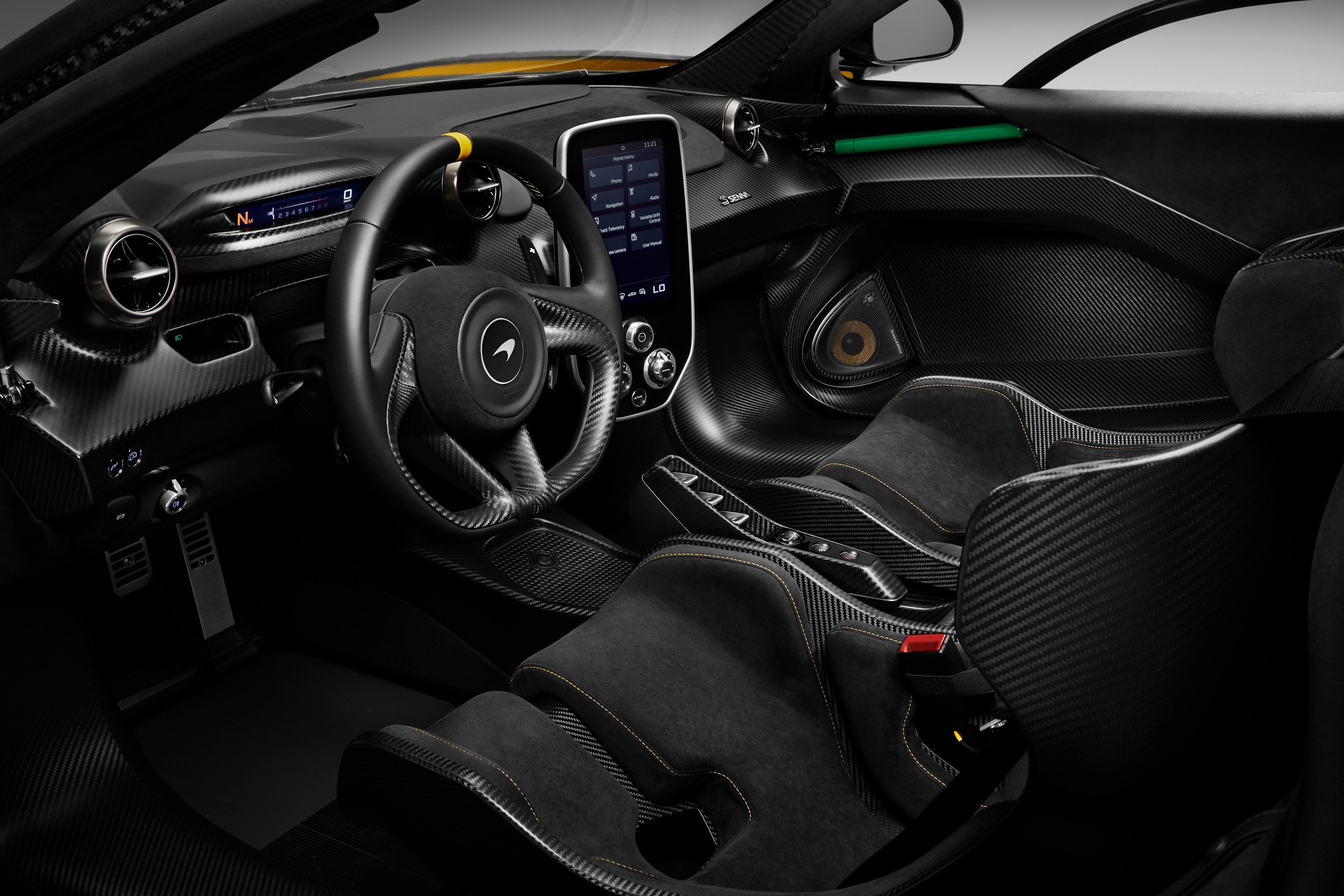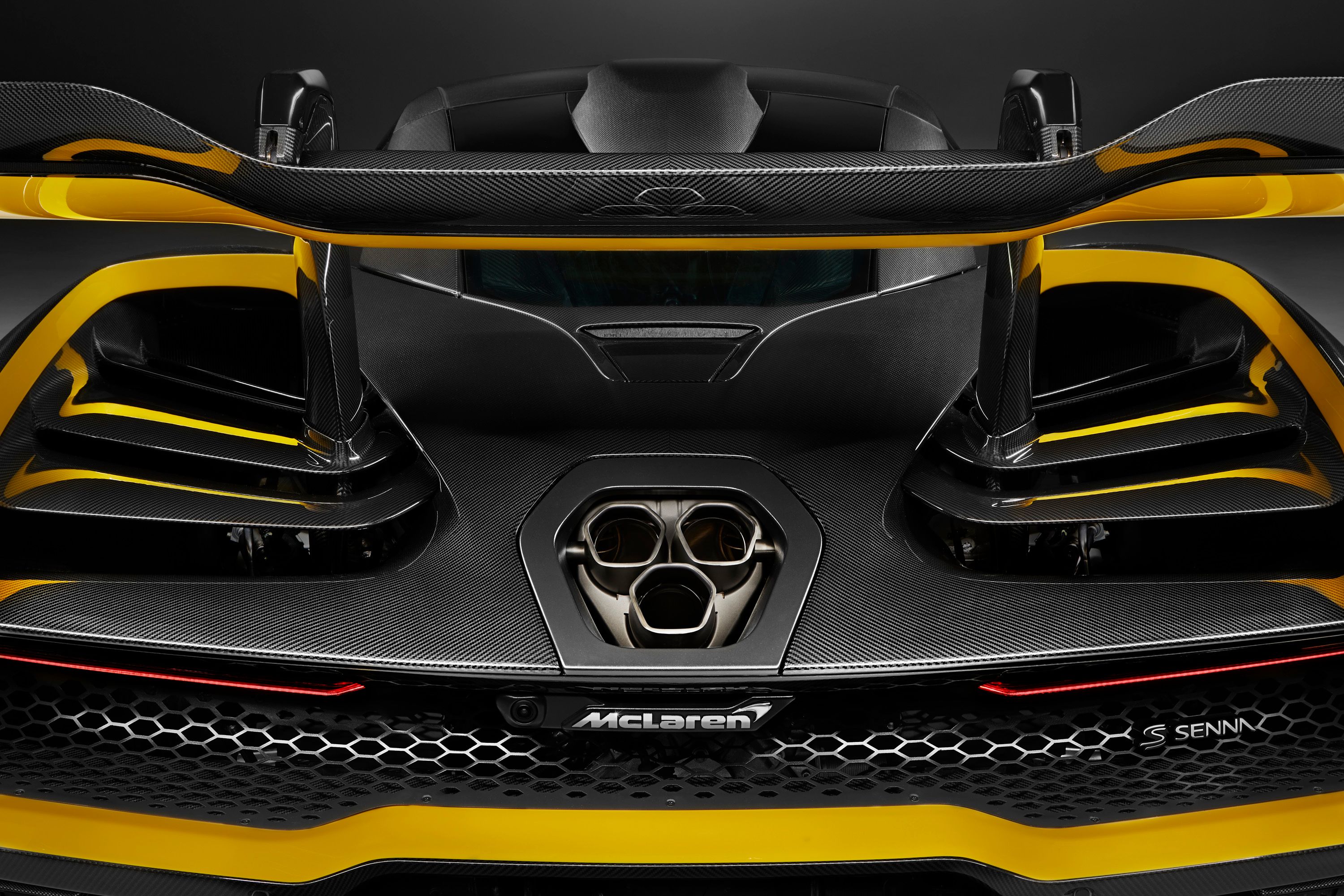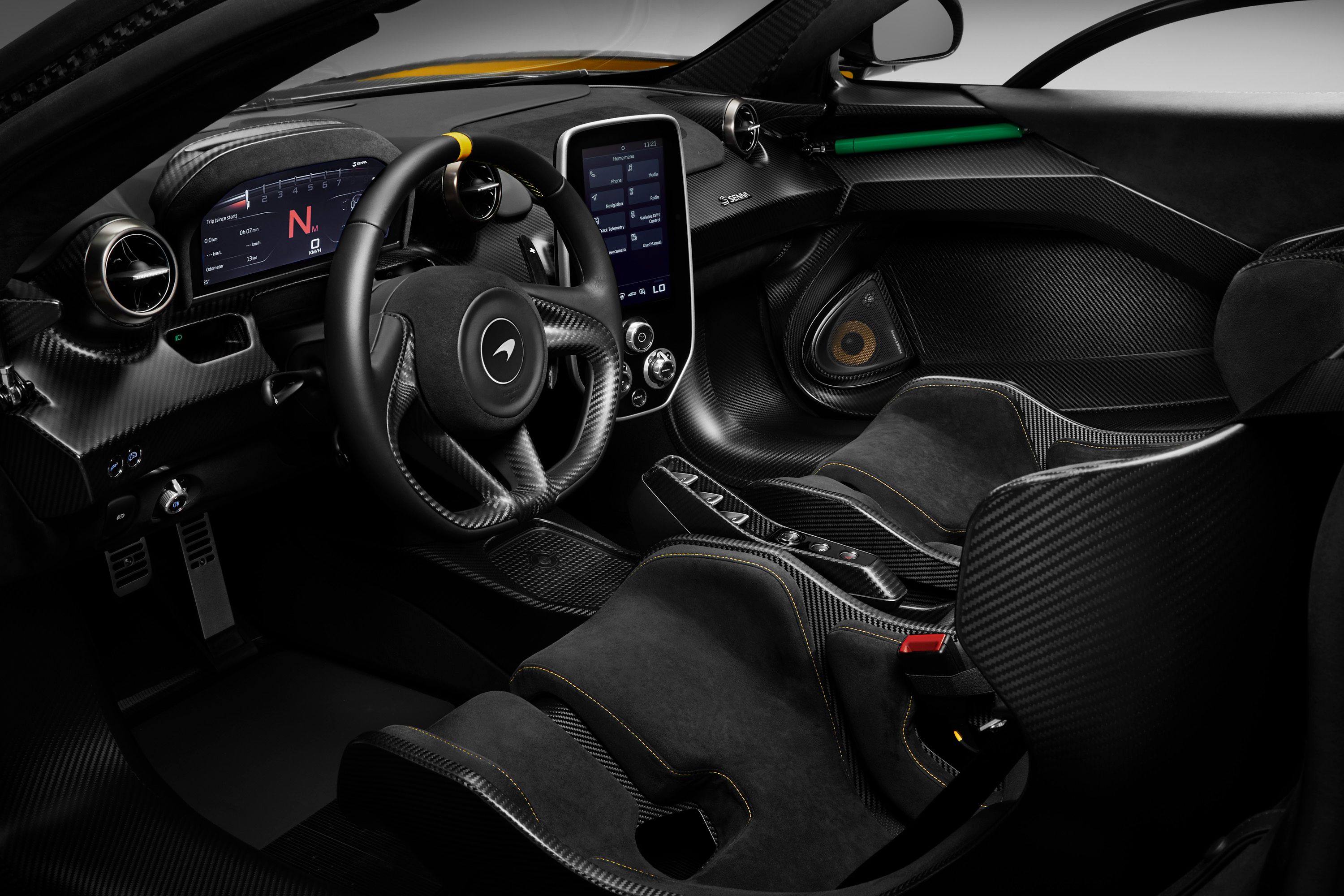Unveiled in late 2017, the Senna is the most radical supercar McLaren has built to date. Although it's a bit less powerful than the P1, mostly because it doesn't have an electric motor, the Senna surpasses everything the British firm has launched so far thanks to its extreme aerodynamics. And, it's not just a benchmark for McLaren; it's a big step forward for the entire supercar industry. The vehicle was named accordingly too, wearing the name of Formula One's greatest driver, Ayrton Senna. With the Senna barely in production as of March 2018, McLaren has launched a limited-edition model called Carbon Theme.
Developed by McLaren Special Operations as part of five individual themes, the Carbon Theme is pretty much a bare carbon-fiber Senna. While this isn't exactly new -- the Senna itself is made of carbon-fiber almost entirely -- this vehicle shows off its lightweight, composite construction with a transparent finish. The Carbon Theme also introduces the company's new Hybrid Carbon Fiber wheels, which are made from forged aluminum and carbon-fiber, a design that makes them 10 percent lighter than the standard Senna wheels. Let's find out more about it below.
Continue reading to learn more about the McLaren Senna Carbon Theme by MSO.
2018 McLaren Senna 'Carbon Theme'
- Make: Array
- Model: 2018 McLaren Senna 'Carbon Theme'
- Engine/Motor: V8
- Horsepower: 789
- Torque: 590
- [do not use] Vehicle Model: Array
What Makes the McLaren Senna Carbon Theme Special?
Although there aren't significant body modifications to talk about, the Carbon Theme model looks significantly different thanks to its exposed carbon-fiber body. Comprising 67 individual parts, the body sports a glossy transparent finish that allows the carbon-fiber weave to shine through. Putting this carbon body set together takes almost 1,000 hours, which explains why McLaren isn't making too many.
For a striking contrast, McLaren added Solar Yellow highlights on various panels. Up front, they are visible in front of the headlamps and on the inner sides of the fenders, the active aero blades, as well as inside the front hood vents. The side sills are also finished in yellow, as are elements of the rear fascia and the massive rear wing. Painting these elements took almost 250 hours to make, so that's nearly 1,250 hours spent by MSO on this exterior.
The Laurel Green brake calipers add another splash of color to the gray exterior, alongside the blue wheel locking nuts. The green calipers are obviously a tribute to the helmet colors of Formula 1 legend Ayrton Senna. Another cool touch are the "S" letters on the end plates of the wing. While they may look simple, they are actually the result of special process that sees each matte-finished logo embedded into the gloss carbon fibre panel.
Finally, McLaren is using the Carbon Theme model to introduce its new seven-spoke Hybrid Carbon Fiber wheel. Using a center-lock wheel made of forged aluminum and carbon-fiber, the design is up to 10 percent lighter than the standard Senna rim, tipping the scales at 7.5 kg without a tire fitted. On top of being lighter, it also offers a 10- to 16-percent reduction in rotating inertia, thus improving acceleration, braking, and steering responses. The new wheels are available in Diamond Cut or Stealth finish and with Memphis Red and Vega Blue center locking nuts fitted on the left and right sides, respectively.
The theme continues inside the cabin with loads of exposed carbon-fiber parts and Carbon Black Alcantara that matches the hue of the lightweight composite. There's Solar Yellow stitching on the seats and a matching 12 o'clock mark on the steering wheel. The same Laurel Green seen on the brake calipers was used on the door gas struts. The bespoke cabin is rounded off by "S" letters on the seat headrests.
The Carbon Theme package doesn't affect the Senna's drivetrain, so this special edition model carries over with the standard engine. The unit in question is the twin-turbo, 4.0-liter, V-8 that McLaren introduced with the 720S and upgraded for the Senna. The mill cranks out 789 horsepower and 590 pound-feet of torque, which accounts for a 79-horsepower and 22-pound-foot increase over the P1 (sans the electric motor). The Carbon Theme is a tad lighter than the standard model thanks to its carbon wheels, but the reduction shouldn't change much in the performance department. The 0-to-60 mph sprint should take the same 2.7 seconds, while top speed is rated at 211 mph.
There's no specific word as to how many are being made. The only thing we know so far is that the Carbon Theme is "one of five themes developed by MSO" for the Senna. It could be just the one. And it's probably a lot more expensive than the regular supercar, which starts from £750,000 in the United Kingdom.
References
McLaren Senna
Read our full review on the 2019 McLaren Senna.
Read more McLaren news.
Read more Geneva Motor Show news.

